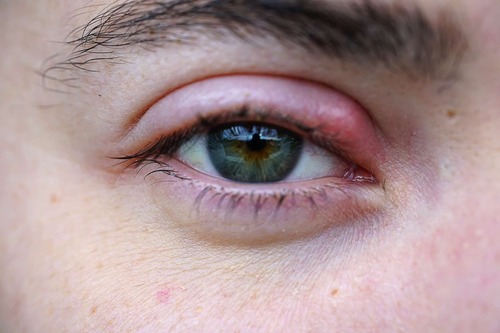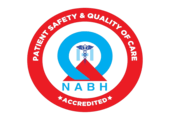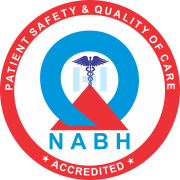A stye, also known as a hordeolum, is a common and generally harmless eye condition that affects the eyelid. It is characterized by a small, painful lump or bump that forms either on the inside or outside of the eyelid. Styes typically develop as a result of a bacterial infection in the oil glands or hair follicles of the eyelid. While they can be uncomfortable and unsightly, the stye eye usually resolves on its own within a week or two without any long-term complications.

Causes of Stye Eye
Risk factors for developing a stye include:
- Poor hygiene
- Rubbing or touching the eyes
- Leaving makeup on overnight
- Using expired or contaminated eye makeup
- Sharing items with infected individuals
- Improper contact lens use
- Eye Infections
- Pre-existing eye conditions
- Weakened immune system
- Hormonal changes
- Stress and fatigue
Symptoms of Stye Eye
Common symptoms of a stye include:
- Redness and swelling of the eyelid
- Pain or tenderness in the affected area
- A small, painful lump or bump on the eyelid
- Discomfort or pain when blinking or touching the eyelid
- A sensation of something in the eye
- Crusting or matting of the eyelashes
- Occasionally, the stye may develop a pustule (a small, pus-filled bump)
Stye Eye Treatment
In most cases, a stye can be managed at home with simple self-care measures. Applying warm compresses to the affected area for 10-15 minutes several times a day can help alleviate pain and promote drainage of the stye. It is crucial to avoid squeezing or popping the stye, as this can worsen the infection or lead to complications. Good eyelid hygiene, such as keeping the area clean and avoiding the use of eye makeup during an active stye, is essential.
Over-the-counter pain relievers, such as ibuprofen, can help reduce pain and inflammation. If the symptoms persist or worsen after a week, medical attention should be sought. In rare cases, when the stye is large or causing significant discomfort, incision and drainage may be performed by a healthcare professional to promote faster healing.
Tips for Preventing Stye Eye
To help prevent the occurrence of styes, here are some recommended measures:
- Practice good hygiene: Wash your hands thoroughly with soap and water before touching your eyes or applying any eye-related products. Avoid rubbing or touching your eyes unnecessarily.
- Remove eye makeup properly: Make sure to remove all eye makeup, such as mascara and eyeliner, before going to bed. Use gentle cleansers or makeup removers specifically designed for the eyes.
- Avoid sharing personal items: Refrain from sharing towels, washcloths, or eye makeup with others to reduce the risk of bacterial transmission.
- Clean and replace contact lenses properly: Follow the recommended cleaning and replacement schedule for your contact lenses. Handle them with clean hands and store them in a clean case.
- Avoid wearing expired or damaged cosmetics: Check the expiration dates of your eye makeup products and discard any that have expired or show signs of damage or contamination.
- Maintain eyelid hygiene: Clean your eyelids regularly with a gentle cleanser or warm water to remove any debris or excess oils that can contribute to stye formation. If you have an underlying condition like blepharitis, follow your healthcare professional’s instructions for eyelid hygiene.
- Avoid excessive eye rubbing: Minimize rubbing or touching your eyes, as this can introduce bacteria and irritate the eyelids.
- Manage underlying conditions: If you have conditions like blepharitis or meibomian gland dysfunction, work with your healthcare provider to manage them effectively to reduce the risk of styes.
While these preventive measures can significantly reduce the likelihood of developing a stye, it’s important to remember that they do not guarantee complete prevention. If you experience recurrent or persistent styes, it is advisable to consult an eye care professional for further evaluation and guidance.
When to See a Doctor for a Stye Eye: Important Signs of Stye Eye
Here are some indications to see a doctor for a stye:
- Severe or persistent pain.
- Vision changes or disturbances.
- Enlargement or worsening of the stye.
- Recurrent styes.
- Systemic symptoms like fever.
- Complications or atypical features.
If you experience any of these, it is advisable to seek medical attention.
Regular eye examinations are of utmost importance for overall eye health, as they help detect and address underlying factors contributing to stye development.
Watch this video of lumps & bumps around eyelids on YouTube.
Shekar Eye Hospital is a reputable institution offering comprehensive eye care, including specialized treatment for styes. With a skilled team and advanced facilities, Shekar Eye Hospital prioritizes patient well-being, ensuring personalized care for optimal eye health.








